1. Chicken à la King

Chicken à la King was once the definition of a luxurious dish, showing up on menus across America in the mid-20th century. It was creamy, rich, and loaded with mushrooms, green peppers, and chicken, served over rice or toast. The problem is, that cream sauce feels much too heavy now, especially when it’s ladled over soggy bread. What was once comfort food has morphed into something we’d probably avoid.
People today associate it with cafeteria lines rather than fine dining. The thick, gloopy sauce makes the chicken taste bland rather than enhancing it. While it might bring nostalgia for some, most of us would find it unappetizing and overly rich by today’s standards. It’s no wonder restaurants dropped it from their menus.
2. Deviled Ham
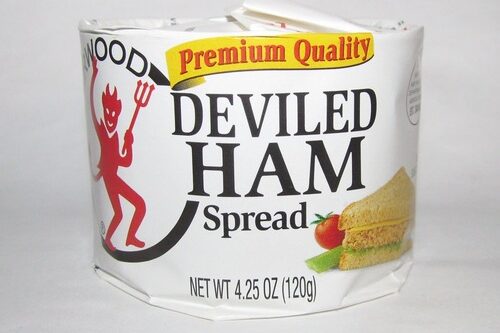
Deviled ham was once a common offering in diners and casual restaurants, typically spread on white bread for a quick sandwich. It had a tangy, spicy kick that was meant to jazz up plain canned ham. The problem is, canned ham itself isn’t exactly appealing, and when mixed with mustard and spices, it becomes more questionable. The convenience factor made sense at the time, but it doesn’t hold up today.
Now, the thought of eating processed ham paste smeared on bread sounds more like a punishment than a treat. With fresher, higher-quality sandwich options everywhere, there’s no reason to revisit this dish. Deviled ham still exists in cans on grocery shelves, but it has long since lost its restaurant credibility. It’s a forgotten relic that we probably won’t miss.
3. Tongue Sandwiches
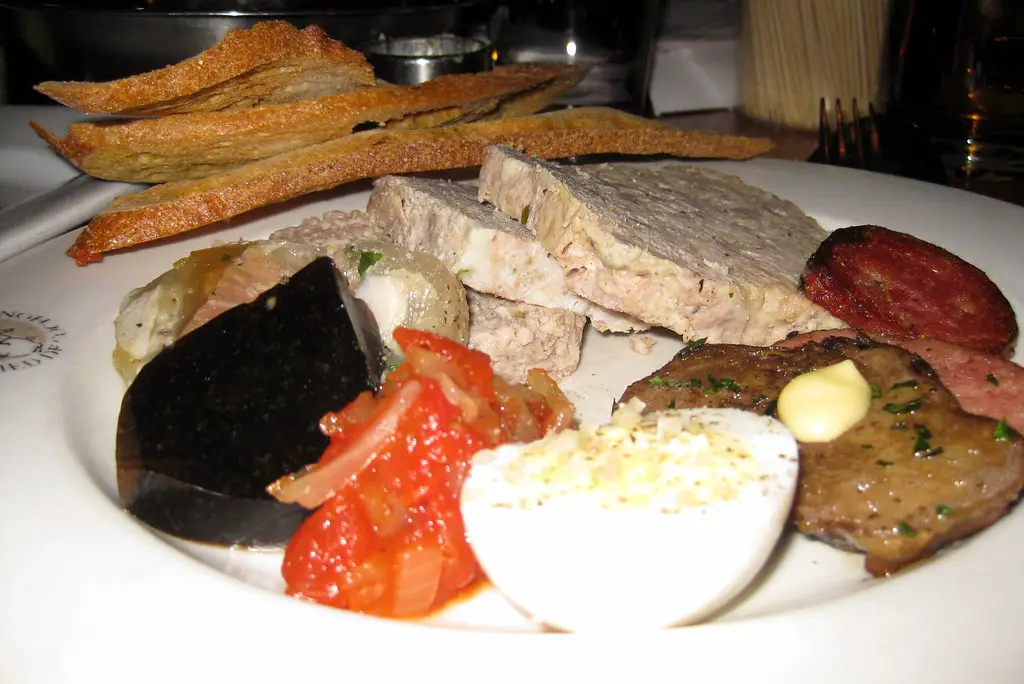
Yes, tongue sandwiches were once considered normal restaurant fare, especially in delicatessens. The meat was thinly sliced, tender, and often served on rye with mustard. While it was praised for being flavorful, the idea of eating cow tongue doesn’t sit well with modern diners. Even if you get past the mental block, the chewy texture can be off-putting.
Back then, it was an economical way to use the whole animal, which made sense. But today, people are far less adventurous when it comes to organ meats. A tongue sandwich feels more like something out of a survival scenario than a restaurant special. It’s one forgotten dish most people are relieved to leave in the past.
4. Lobster Thermidor
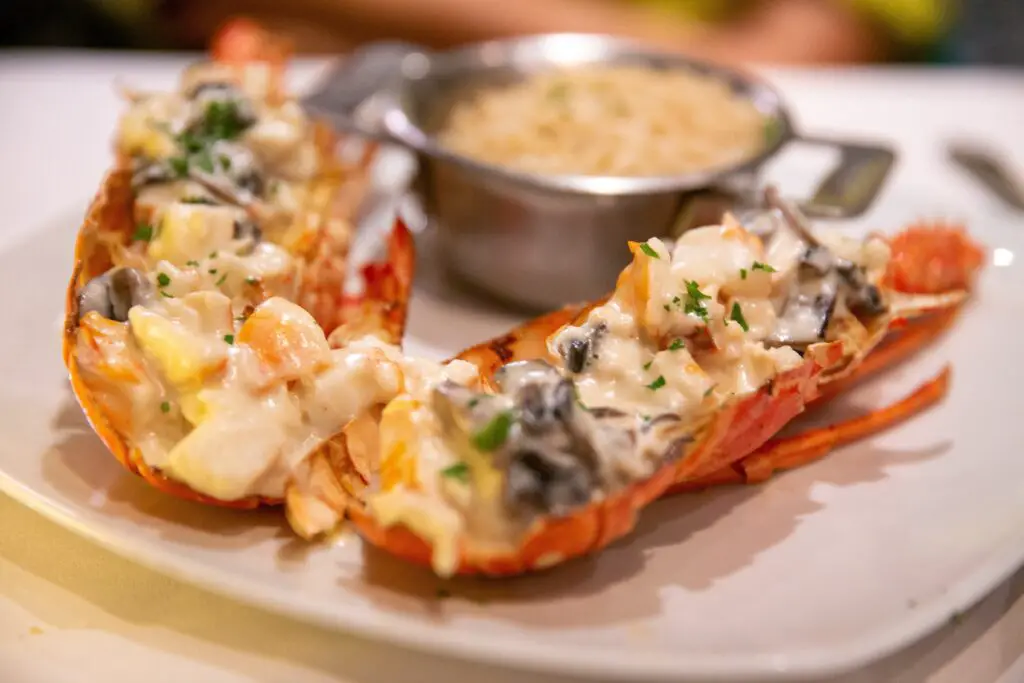
Lobster Thermidor was the epitome of fine dining in the mid-1900s. It featured lobster meat baked with egg yolks, mustard, and brandy, topped with a cheesy crust. At the time, it was seen as the height of luxury, but today it sounds unbearably heavy. Lobster on its own is already rich, and drowning it in cream and cheese feels like gilding the lily.
Modern seafood lovers want freshness and simplicity, not a casserole of lobster drowned in sauce. The dish lingers in old cookbooks but has mostly vanished from restaurant menus. What once wowed diners now just seems like an overcomplicated way to ruin perfectly good lobster. No wonder it didn’t stand the test of time.
5. Tomato Aspic
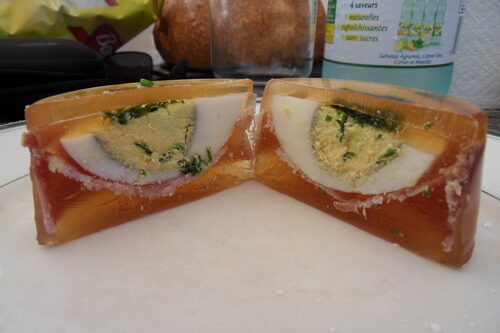
Unlike sweet Jell-O, tomato aspic was a savory gelatin dish served as a salad or side. Picture cold, jiggly tomato juice mixed with spices, sometimes molded with celery or olives. It was hailed as refreshing, but for most people today, it sounds downright unappetizing. The texture of Jell-O combined with the tang of tomatoes is a strange combination.
Restaurants once proudly listed it on menus, especially in the 1950s and ’60s. Now, the very idea makes people squirm. Cold gelatin and vegetables just don’t mix in the modern culinary world. Tomato aspic remains one of those baffling food fads that makes us wonder what people were thinking.
6. Welsh Rarebit

Despite the fancy name, Welsh rarebit is basically melted cheese sauce poured over toast. It sounds simple enough, but the sauce often included beer and mustard, giving it a strange, tangy flavor. Once considered hearty pub fare, it now seems heavy and unappealing. Cheese on toast is fine, but when it’s drenched in sauce, it becomes more of a mess.
In the past, it was an affordable meal that stretched basic ingredients. Today, with so many creative takes on cheese dishes, rarebit feels outdated. Most diners would prefer a grilled cheese or fondue instead of soggy bread under a strange sauce. It’s one of those dishes best left in history.
7. Celery Victor

This forgotten dish started as a high-society salad in the early 20th century. Celery Victor featured blanched celery marinated in a cold broth with spices and served chilled. At one point, it was hailed as elegant and refreshing, but today it just sounds sad. Celery doesn’t have much flavor, and serving it as the star of the dish feels underwhelming.
Restaurants used to dress it up with vinaigrette or a few garnishes, but there’s only so much you can do with celery. Modern salads are bursting with color, variety, and nutrients, while Celery Victor feels bland and boring. It’s no surprise it quietly disappeared from menus. Diners today expect more than marinated celery sticks.
8. Creamed Chipped Beef on Toast

Better known to many as “SOS” (a military nickname), creamed chipped beef on toast was a staple in cafeterias and diners. Thin strips of dried beef were cooked in a thick white sauce and poured over bread. It was cheap, filling, and easy to make in bulk. But flavor-wise, it left much to be desired.
The salty beef combined with the heavy cream sauce made it more punishment than pleasure. In fact, many who grew up with it associate it with bland institutional food. Restaurants stopped serving it once tastes shifted toward fresher, lighter meals. Today, it mostly lives on in nostalgic stories rather than menus.
9. Perch Loaf
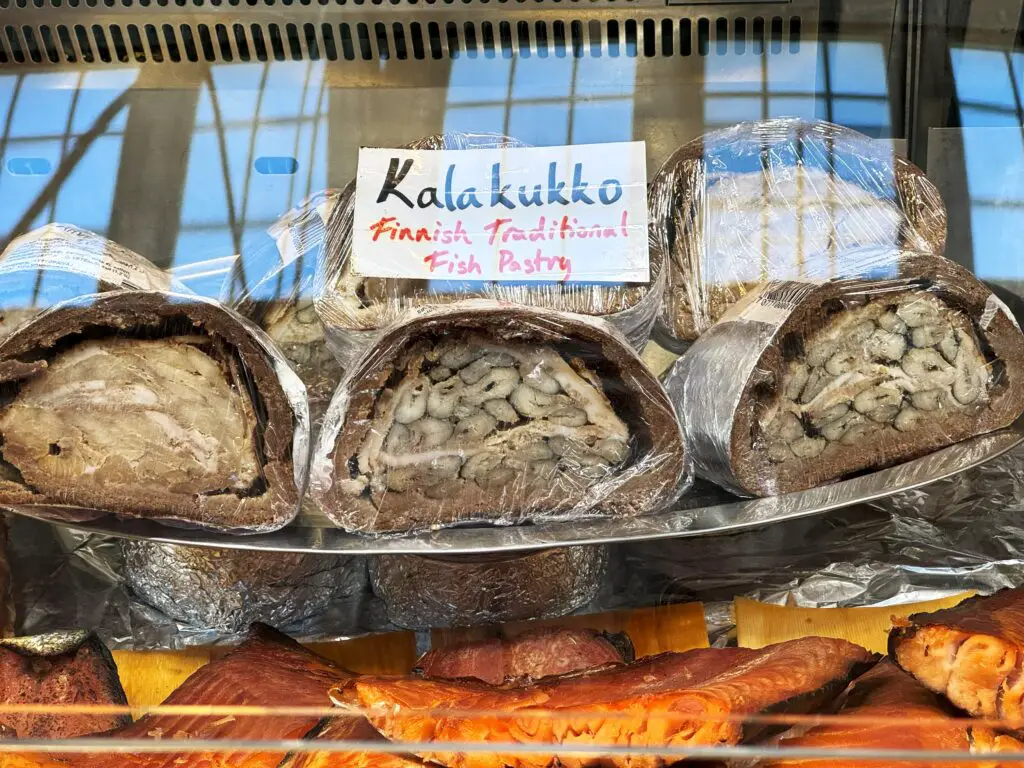
Perch loaf was once a way to make a hearty meal out of freshwater fish, usually bound with breadcrumbs and eggs, then baked. Restaurants often served it with a creamy sauce, making it dense and heavy. While it was practical during times when stretching ingredients was necessary, it doesn’t sound appealing now. A fish loaf just doesn’t have the same allure as a fresh fillet or seafood stew.
People today expect fish dishes to taste light and fresh, not like a casserole from a school cafeteria. The loaf texture makes it feel more like pet food than something you’d order at a restaurant. Unsurprisingly, perch loaf faded from popularity, becoming one of those forgotten oddities of mid-century dining. It’s unlikely to see a revival anytime soon.
10. Jellied Consommé
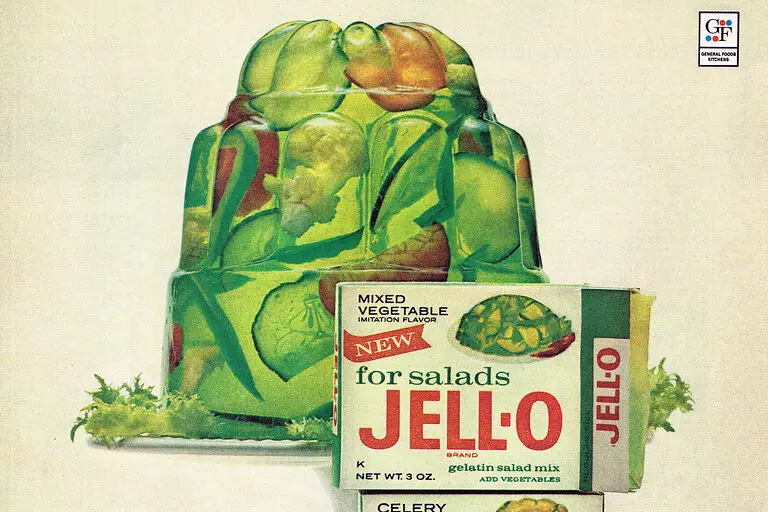
Consommé was once a popular starter in fine dining, a clear, flavorful broth made with painstaking care. At some point, chefs decided to serve it cold and jellied, turning it into something far less appealing. Instead of warm comfort, diners were given quivering, meat-flavored gelatin. Even when served with vegetables or herbs, it was a tough sell.
Restaurants presented it as a sophisticated delicacy, but today most people would turn up their noses. The idea of spooning up cold beef jelly just doesn’t sit right. It’s the kind of dish that makes modern eaters grateful for progress. Jellied consommé has rightly been left in the past.
11. Stuffed Calf’s Head
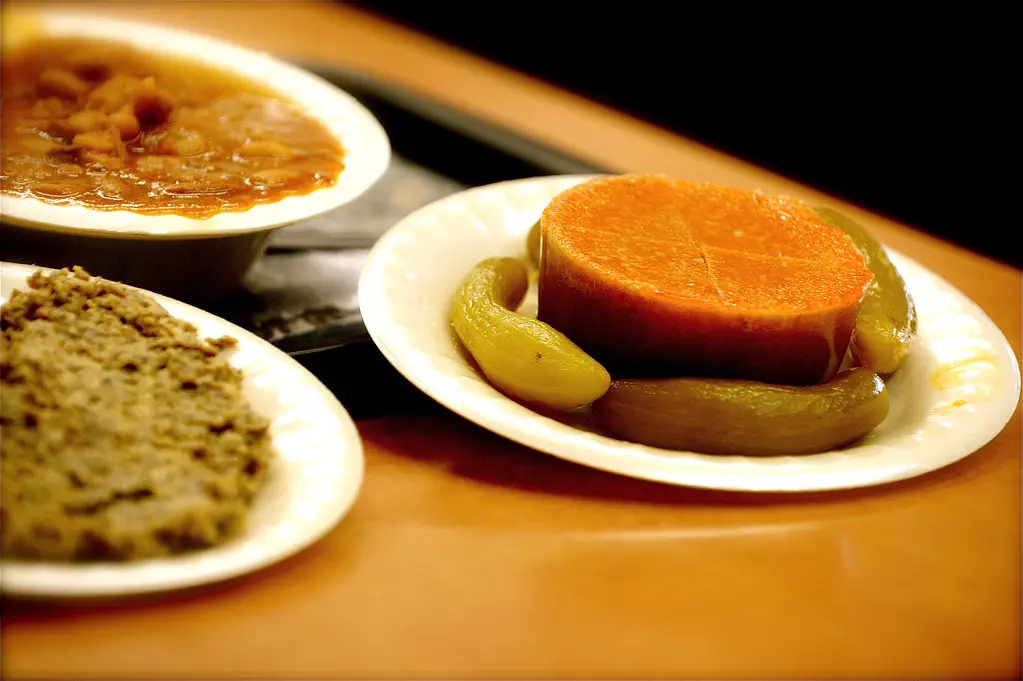
One of the most unusual forgotten dishes was stuffed calf’s head, which is exactly what it sounds like. Restaurants would cook and present an actual calf’s head, stuffed with forcemeat or other fillings. It was considered an extravagant specialty, but to modern eyes, it’s more nightmare fuel than gourmet. Even for adventurous eaters, this one is a hard pass.
The dish came from an era when nothing went to waste, and extravagant presentation was prized. Today, it would be far too graphic for most diners. The thought of carving into a calf’s head at the dinner table is unsettling at best. It’s safe to say this is one dish that’s gone for good.
12. Mock Turtle Soup
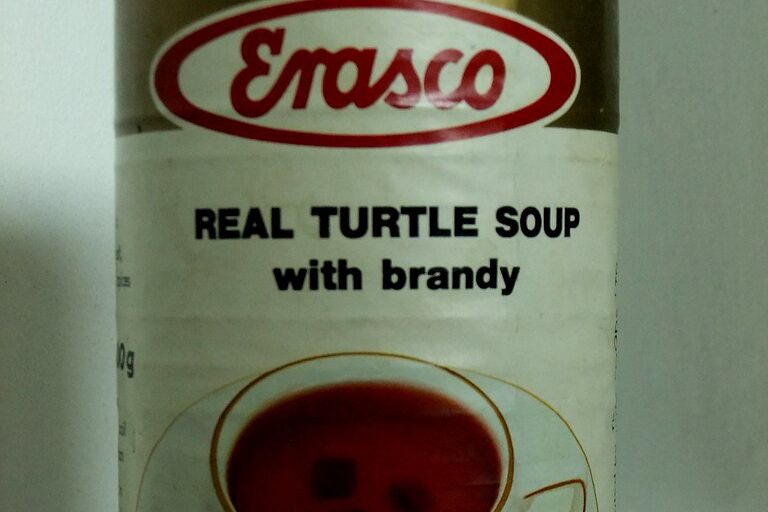
Mock turtle soup was once a clever workaround for the expensive real turtle soup that was fashionable in the 19th and early 20th centuries. Instead of turtle, it used organ meats like calf’s head or liver, flavored with sherry and herbs to mimic the taste. For a while, it was seen as elegant, but today the thought of eating organ-heavy soup is far from appetizing. The ingredients don’t exactly scream “comfort food” anymore.
It lingers as a curiosity in old menus and cookbooks, but it would be a tough sell to most modern diners. Between the strong flavors and the unusual cuts of meat, it feels more like a dare than a delicacy. Real or mock, turtle soup has faded into history. It’s hard to imagine this one making a comeback.
